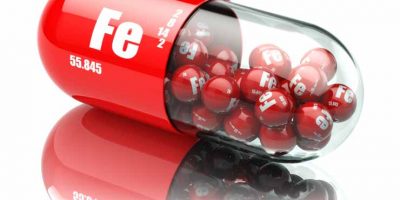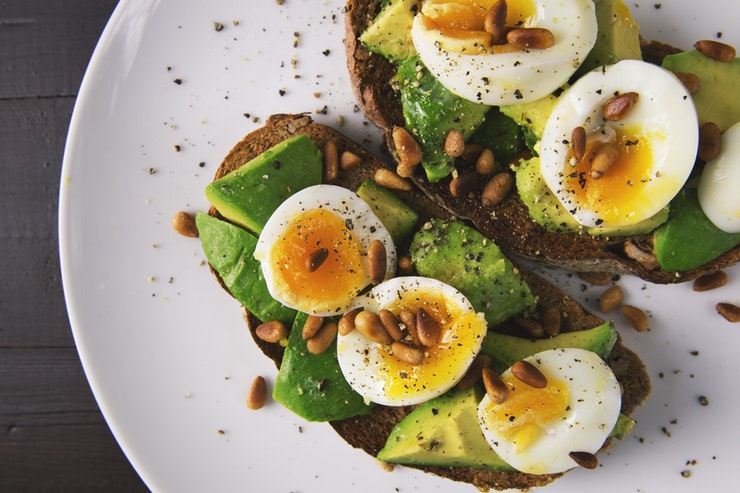This form of silver is soft, malleable, and more prone to scratches or bending, which is why it’s rarely used for everyday objects like cutlery or rings. If you’re considering buying, selling, or investing in sterling silver, knowledge is your best asset. With proper care and an understanding of its value, sterling silver remains a prized material in both the fashion and collectible worlds. This guide explains what sterling silver is, how it’s made, its unique properties, and why it remains a timeless choice for both everyday use and luxury items. Some sterling silver is rhodium-plated or nickel-plated to prevent tarnishing and present a brighter, whiter appearance.
What is the Difference Between Sterling Silver and Fine Silver?
- Well, pure silver is like that friend who’s a bit too soft – it’s easily bent out of shape and not quite up to the task of everyday wear and tear.
- Sterling silver is different from pure silver or fine silver in terms of purity, price, and strength.
- Handcrafted or designer sterling silver pieces can command higher prices due to their artistic value.
- Misrepresenting a silver-plated item as sterling—intentionally or not—can lead to misunderstandings, disputes, or financial loss.
- This dedication to giving investors a trading advantage led to the creation of our proven Zacks Rank stock-rating system.
- Because harsh polishing and buffing can permanently damage and devalue a piece of antique silver, valuable items are typically hand-polished to preserve the unique patinas of older pieces.
This combination enhances the durability of silver without compromising its signature luster and beauty. Sterling silver isn’t just a pretty face in the world of precious metals – it’s a durable, versatile, and timeless material that has earned its place in our jewelry boxes and dining rooms. By understanding what makes sterling silver unique and how to identify it, you’re now equipped to make informed decisions about your silver purchases and treasures. Well, pure silver is like that friend who’s a bit too soft – it’s easily bent out of shape and not quite up to the task of everyday wear and tear. By adding a dash of copper or other metals, sterling silver becomes the superhero version of silver – stronger, more durable, and ready to take on the world (or at least your jewelry box). When an item is not marked to identify its silver content but still tarnishes like silver, there is a very good chance it is a silverplated piece.
Buying Guide
It has been and continues to be the case that analysts employed by brokerage firms are overly optimistic with their recommendations. Because of their employers’ vested interests, these analysts issue more favorable ratings than their research would support, misguiding investors far more often than helping them. As a result of the vested interest of brokerage firms in a stock they cover, their analysts tend to rate it with a strong positive bias.
Misrepresenting a silver-plated item as sterling—intentionally or not—can lead to misunderstandings, disputes, or financial loss. Analysts’ steady views regarding the company’s earnings prospects, as indicated by an unchanged consensus estimate, could be a legitimate reason for the stock to perform in line with the broader market in the near term. Broker recommendations are the sole basis for calculating the ABR, which is typically displayed in decimals (such as 1.28). The Zacks Rank, on the other hand, is a quantitative model designed to harness the power of earnings estimate revisions. For those feeling particularly scientific (and cautious), there’s the nitric acid test.
Contents
So, validating the Zacks Rank with ABR could go a long way in making a profitable investment decision. The ABR suggests buying Sterling Infrastructure, but making an investment decision solely on the basis of this information might not be a good idea. According to several studies, brokerage recommendations have little to no success guiding investors to choose stocks with the most potential for price appreciation. Sterling silver develops a natural patina over time, which is a hallmark of its authenticity. While pure silver also tarnishes, plated items may not exhibit this trait. Vases, picture frames, and other home décor items are frequently crafted from sterling silver, offering timeless elegance.
The Sterling Standard: Benefits and Characteristics
- Our experts picked 7 Zacks Rank #1 Strong Buy stocks with the best chance to skyrocket within the next days.
- According to several studies, brokerage recommendations have little to no success guiding investors to choose stocks with the most potential for price appreciation.
- Furthermore, the different grades of the Zacks Rank are applied proportionately across all stocks for which brokerage analysts provide earnings estimates for the current year.
- But Clooney is duly nominated for bringing Murrow’s sterling moral example to life at a time when the country badly needs a shot in the arm of courage.
But unless you’re comfortable handling dangerous chemicals, it’s best to leave this one to the professionals. Sterling silver is stronger and less expensive than fine forexanalytics.info silver because of its lower purity. Sterling silver is an alloy with a silver purity of 92.5%, which is commonly expressed as 925. The remaining 7.5% is often copper, but other metals like zinc and nickel may be used.
Several products have been developed for the purpose of polishing silver that serve to remove sulfur from the metal without damaging or warping it. Because harsh polishing and buffing can permanently damage and devalue a piece of antique silver, valuable items are typically hand-polished to preserve the unique patinas of older pieces. Techniques such as wheel polishing, which are typically performed by professional jewelers or silver repair companies, are reserved for extreme tarnish or corrosion. Furthermore, the different grades of the Zacks Rank are applied proportionately across all stocks for which brokerage analysts provide earnings estimates for the current year. In other words, at all times, this tool maintains a balance among the five ranks it assigns.
This ratio strikes the perfect balance between durability and maintaining silver’s signature brilliance. The addition of 7.5% copper or other metals enhances strength and workability without significantly altering the color or appearance of the silver. Sterling silver is an alloy composed by weight of 92.5% silver and 7.5% other metals, usually copper. At the center of everything we do is a strong commitment to independent research and sharing its profitable discoveries with investors. This dedication to giving investors a trading advantage led to the creation of our proven Zacks Rank stock-rating system.
While these pieces may look similar to solid silver or sterling silver, they contain only a small fraction of actual silver—usually not enough to have any melt value. Sterling silver is a versatile and elegant alloy that blends beauty with durability. Its 92.5% silver content ensures a lustrous finish, while the added metals provide strength and resilience for everyday use. Genuine sterling silver will tarnish over time, developing a subtle patina.
Whether you’re buying jewelry, flatware, or décor, sterling silver remains a timeless choice that balances luxury with practicality. With proper care, sterling silver can maintain its brilliance and value for generations, making it a cherished material for both personal use and investment. The 92.5% silver content in sterling silver is a standard established centuries ago.
Silver-plated items, on the other hand, might start flaking or showing the base metal underneath. If you have sterling silver items, it is important to store them in a cool, dark place and use a polishing cloth to prevent tarnish from forming. While sterling silver is stronger than fine silver, it can still dent and scratch, so it is important to handle it with care. The term sterling silver denotes any silver alloy in which pure silver makes up at least 92.5 percent of the content. Pure silver, also called fine silver, refers to silver that is 99.9% pure.
A piece of sterling silver dating from Henry II’s reign was used as a standard in the Trial of the Pyx until it was deposited at the Royal Mint in 1843. Understanding the distinctions is essential for accurate valuation, informed purchasing, and proper care. This guide breaks down the differences between sterling, silver, and silver-plated items, and what those differences mean for everyday buyers and sellers.
If you’ve ever admired a piece of gleaming silver jewelry or a beautifully crafted silver dining set, chances are you’ve encountered sterling silver. But what exactly is this lustrous metal, and how can you be sure you’re getting the real deal? The world of sterling silver and uncover the secrets to identifying its quality. Sterling silver is different from pure silver or fine silver in terms of purity, price, and strength.
Sterling silver is a silver alloy made up of 92.5% pure silver and 7.5% other metals—usually copper. The added metal increases strength and durability, making sterling ideal for jewelry, flatware, and decorative items. Sterling silver is a timeless material valued for its beauty, versatility, and durability. Whether you own sterling silver jewelry, flatware, or decorative items, understanding its properties and how to care for it ensures your pieces remain stunning for years to come.





Leave a Reply